Description
In India, we can sell this Aglaonema Grey Hound (single large plant) via online delivery systems to any states including Andhra Pradesh, Arunachal Pradesh, Assam, Bihar, Chhattisgarh, Goa, Gujarat, Haryana, Himachal Pradesh, Jammu & Kashmir, Jharkhand, Karnataka, Kerala, Madhya Pradesh, Maharashtra, Manipur, Meghalaya, Mizoram, Nagaland, Odisha (Orissa), Punjab, Rajasthan, Sikkim, Tamil Nadu, Telangana, Tripura, Uttar Pradesh, Uttarakhand, and West Bengal
The Aglaonema Greyhound is a relatively low-maintenance plant, perfect for indoor environments, especially if you don’t have a lot of bright sunlight. Here’s how to care for it:
1. Light
- The Aglaonema Greyhound prefers low to medium indirect light. Avoid direct sunlight, which can scorch its leaves, but it also won’t thrive in very low light.
- It can adapt to fluorescent lighting, making it ideal for offices and indoor spaces without natural light.
2. Watering
- Water when the top inch of soil feels dry. Generally, watering every 1-2 weeks is sufficient, but this may vary depending on the room temperature and humidity.
- Avoid overwatering, as the roots are prone to rot if they sit in water.
3. Humidity
- Aglaonemas prefer moderate to high humidity. Keep it in a room with average humidity levels or use a humidifier in drier climates.
- To boost humidity naturally, mist the leaves occasionally, or place the pot on a pebble tray with water.
4. Soil and Fertilizer
- Use a well-draining potting mix, ideally a peat-based mix with perlite to improve drainage.
- Fertilize every 6-8 weeks during the growing season (spring and summer) with a balanced, water-soluble houseplant fertilizer. Cut back on feeding in the fall and winter.
5. Temperature
- The Aglaonema Greyhound does well in typical indoor temperatures between 65-75°F (18-24°C). Avoid cold drafts, as it’s sensitive to temperatures below 55°F (13°C).
6. Repotting
- Repot every 1-2 years or when the plant outgrows its container. Choose a pot that’s 1-2 inches larger in diameter than the previous one.
7. Pests and Problems
- Watch for common pests like spider mites, mealybugs, and scale. Wipe the leaves occasionally and inspect for any signs of pests.
- Leaf yellowing can be a sign of overwatering, while brown tips might indicate low humidity.
The Aglaonema Greyhound is resilient and forgiving, and with these simple care steps, it should thrive as a beautiful addition to your space.
Only logged in customers who have purchased this product may leave a review.


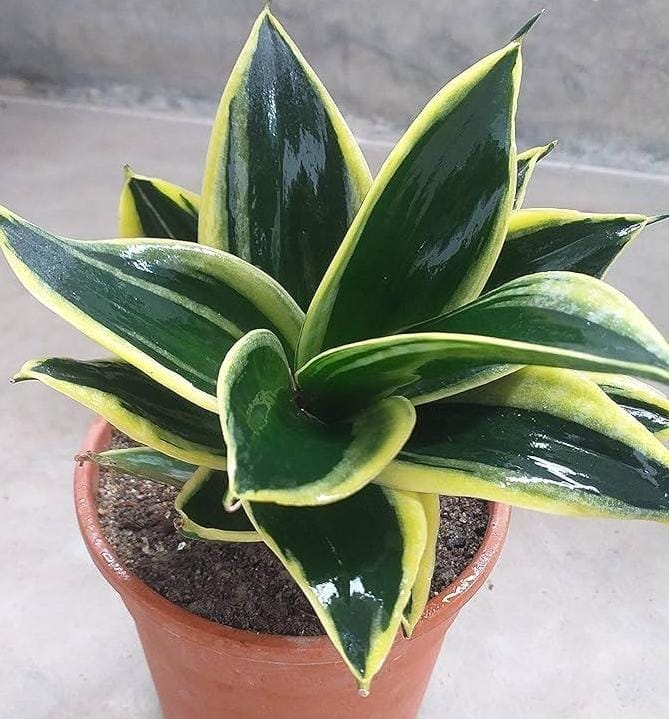
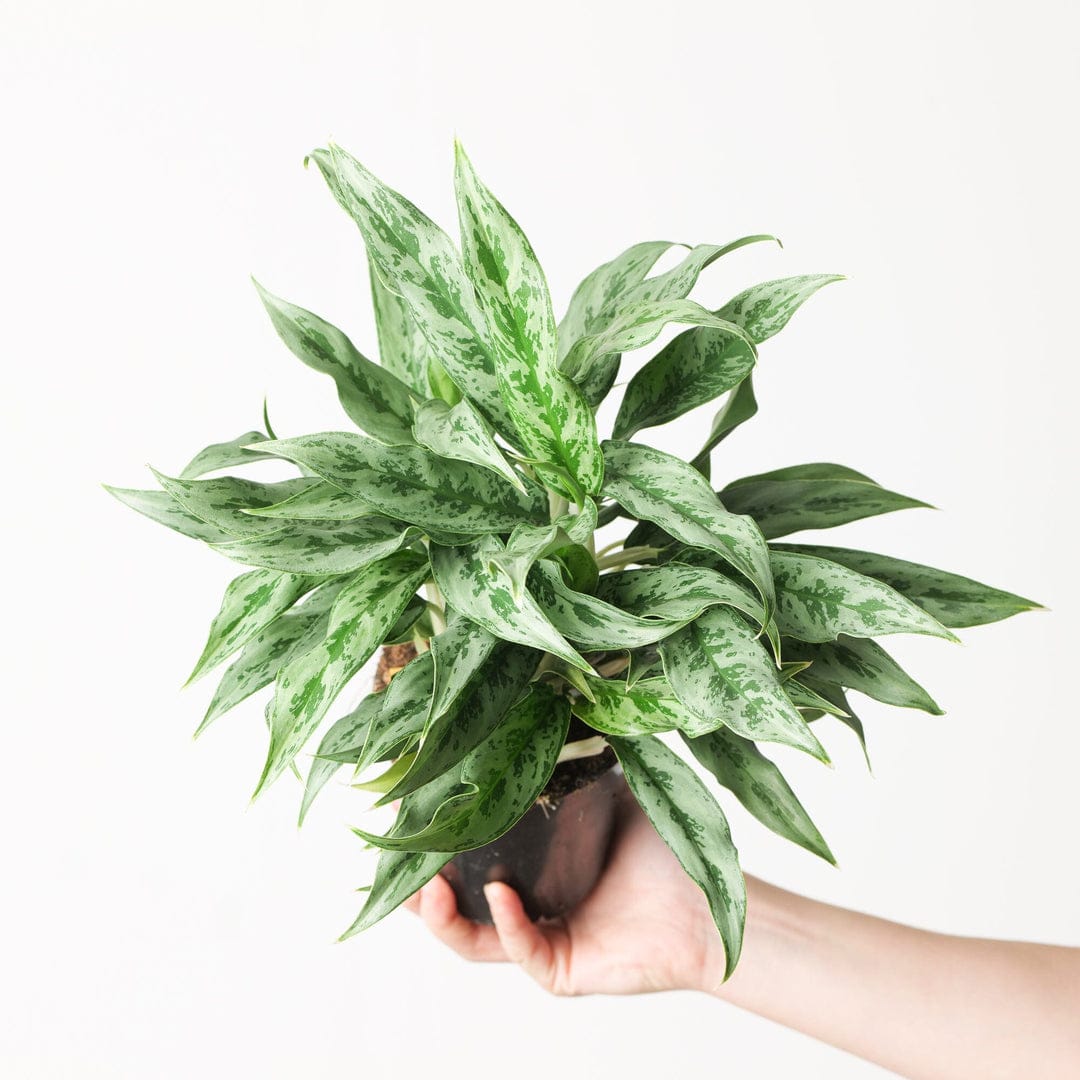
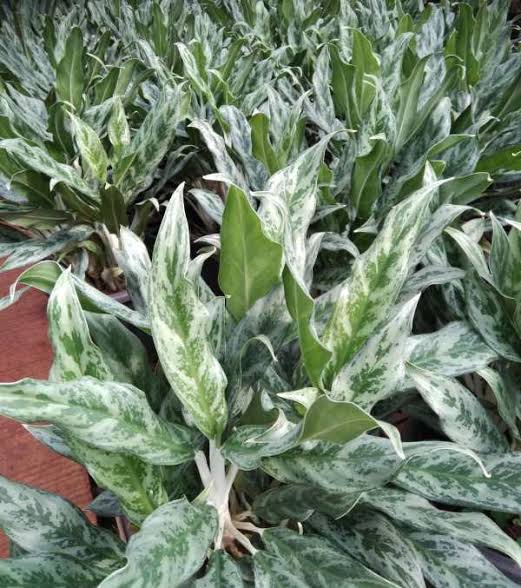
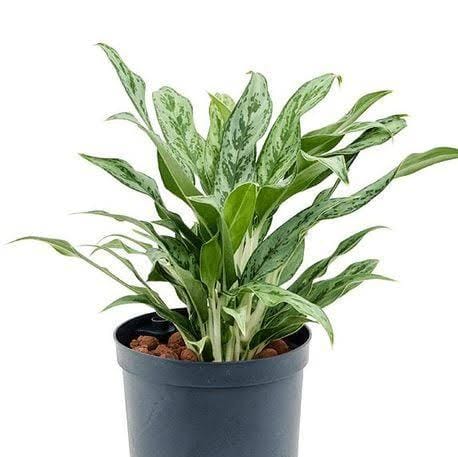

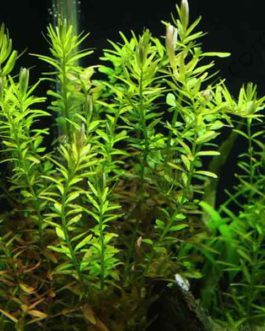
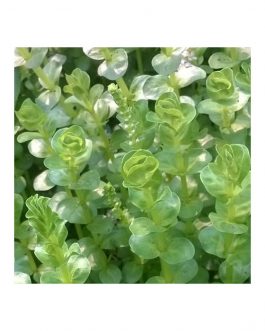
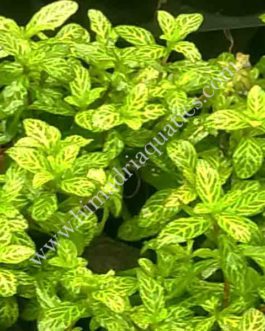
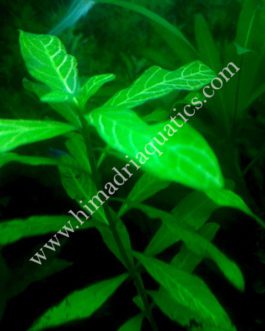
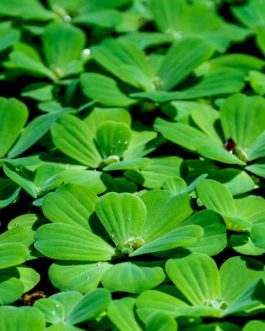
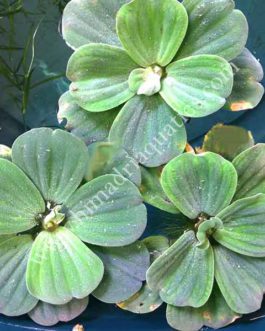
Reviews
There are no reviews yet.